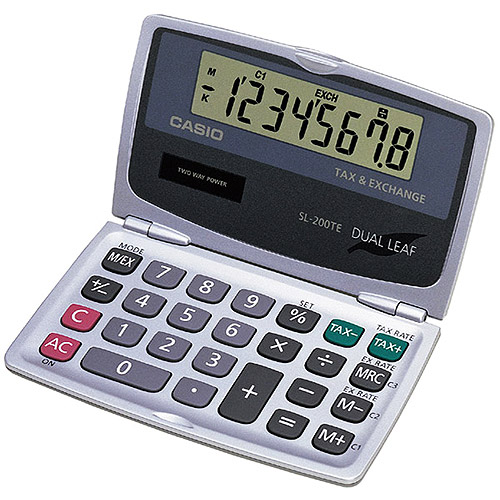What’s the perfect Christmas gift for 2009? Nothing. Or cash. But to be safe, nothing.
This is an old Economics 101 nugget. The logic goes like this: you can’t be 100% sure what another person wants as a gift. Only the recipient knows exactly what she might want. The primary thing stopping her from buying it is scarcity: having a finite income means having to prioritize and choose what you want and what you can forgo.
Therefore the only logical gift is cash, which she can convert into whatever she wants. If everyone followed this rule, no one would be disappointed with a thoughtless or ineffectual gift. But this is where economic sense runs into societal expectation. Cash can be perfectly quantified, of course: it comes in dollars. Say you have two people: a purely rational boyfriend and girlfriend who decide to do the utilitarian thing and give each other cash. (This scenario is a stretch, but it does lead somewhere.) The boyfriend gives the girlfriend $500, the girlfriend gives the boyfriend $450. The net result, aside from the boyfriend giving the girlfriend $50, is that the boyfriend now feels insufficiently loved and the girlfriend feels miserly.
So the sensible thing to do is to give cash gifts of equal value, which means you might as well keep the cash in your respective pockets. This sounds silly, but similar situations arise every Christmas. Until this year, a Control Your Cash author and her mother engaged in the same nonsensical dance. Mom’s annual Christmas gift to daughter was a $100 gift card to a particular restaurant. Daughter’s gift to mom was a $100 gift card to a different restaurant. The result, of course, is that mother and daughter each eventually spend the scrip. However, there’s the added inconvenience of feeling obligated to use the card (especially if it expires.) Plus there’s the feeling of frustration every time the cardholder passes by said restaurant with a potential dining partner at dinnertime, only without the card handy. And there’s the temptation to spend more than one normally would at the restaurant, in order to use up the $100. After all, if a meal ends up costing $93, is the cardholder going to bother keeping $7 worth of scrip in her wallet? The biggest beneficiaries of this exchange end up being the restaurants. At least mother and daughter weren’t so absurd as to have used the gift cards on each other.
So we’ve established that there’s an implicit fear of giving a gift of unequal value than the gift received. But if you want to alleviate that fear, and thus exchange gifts of identical value with someone, isn’t that all the more reason not to exchange gifts? Me giving you $100 and you giving me $100 means we might as well just smile at each other. Me giving you a gift worth $100 and you giving me a gift worth $95 (or $105) just has the potential to cause bad feelings.
By the way, putting a dollar figure on a gift is no sillier than the standard practice of removing the price tag on a gift. Why do we do the latter? Because we’ve decided as a society that it’s classless and tasteless to keep the price tag on, as if a recipient will think, “Sure, this Amazon Kindle will save me the trouble of lugging different books around everywhere and let me buy more books at the touch of a button, but more to the point, am I really only worth $440 plus 8% sales tax?” And if you bought the gift from a wholesaler at a steep discount, some exceedingly sensitive gift recipient might take that as an affront. (Instead of saluting you for Controlling Your Cash.)
Removing a price tag is a manifestation, however slight, of the debilitating mindset that says money should never be spoken about nor acknowledged. Even though it doesn’t appear anyone’s willing to take the first step, we need to be more frank about money. A world in which people would broadcast their salaries, net worths and credit-card balances would encourage prudence and responsibility. Shame is a big motivator.
But we live in the real world. If you’re going to do like 99.8% of the people reading this post and give standard tangible gifts anyway, at least leave the price tag on, just this once. But if you really want to Control Your Cash, go to SomeEcards.com and send each other funny wishes instead. Better yet, send emails out to everyone on your list and lie about how you donated in their name to Armenian earthquake relief or the Spina Bifida Association. Better still, really do donate on their behalf to Best Friends Animal Sanctuary. Animals make the perfect gift recipients: they’re eternally grateful, they can actually use the gesture, they won’t hold it against you at future family gatherings, they won’t read anything into it, and best of all, they can’t pay you back.





